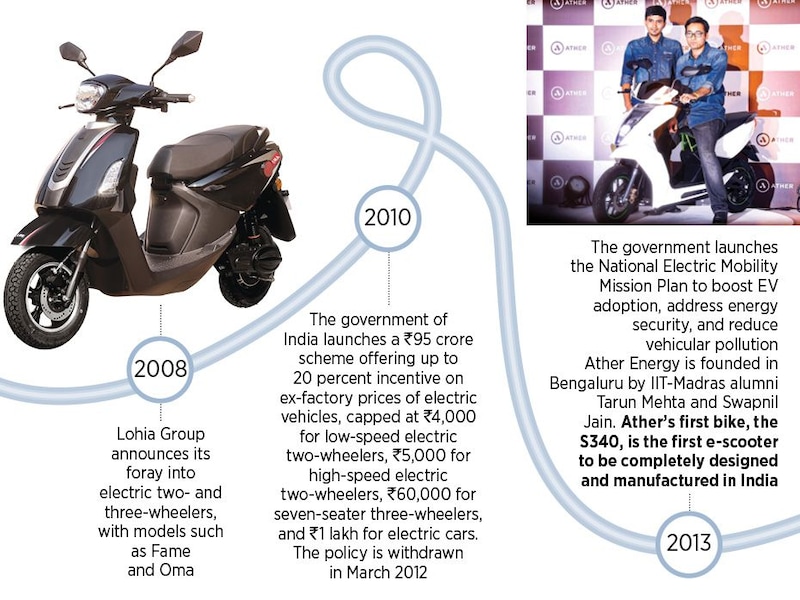How India is going electric
Evolution of electric vehicles and the Indian auto market in the last three decades
Apr 01, 2025, 14:35 IST1 min

Image by Forbes
2/6
Image by Forbes
3/6
Image by Forbes
4/6
Image by Forbes
5/6
Image by Forbes
6/6
Image by Forbes
Photogallery
- Home /
- Photogallery /
- News /
- How-india-is-going-electric
Advertisement
Advertisement